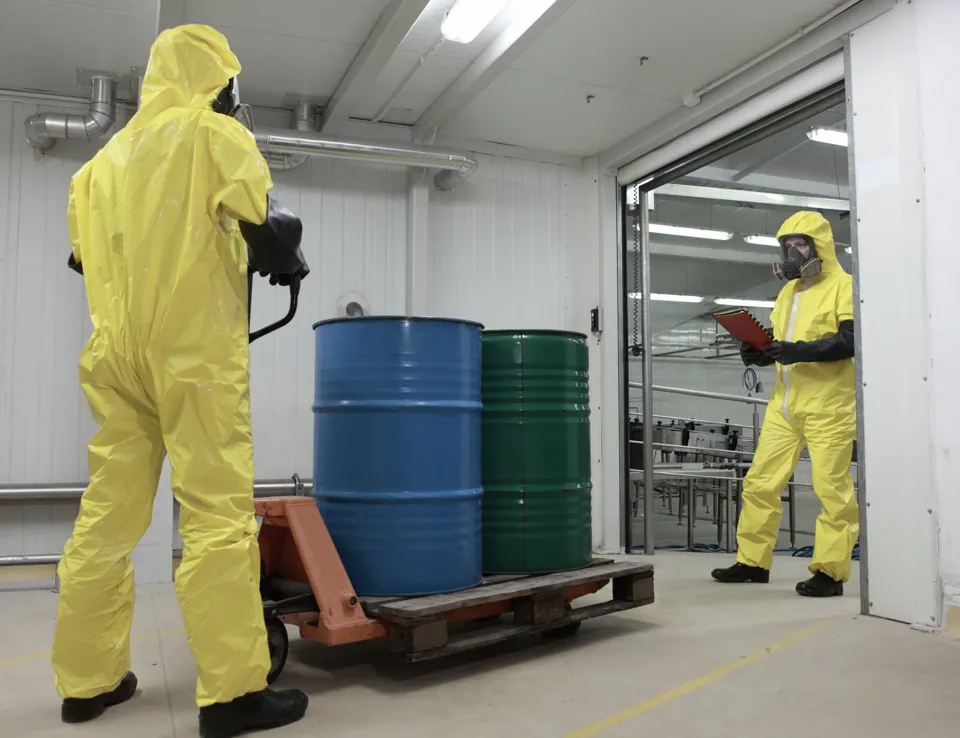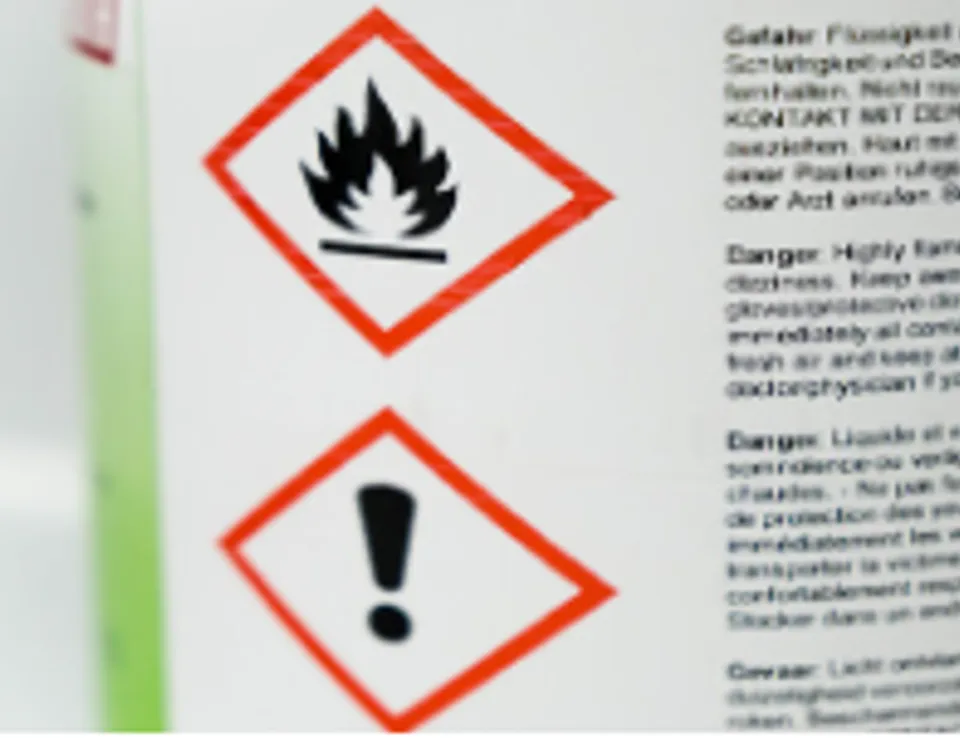
Do you trade chemicals globally? Here’s why you need to continually monitor regulatory lists
15 Jun 2022
Regulatory horizon scanning is essential for a sustainable business, product portfolio management and compliance with global chemical regulations. However, monitoring the breadth of regulations can be time-consuming and problematic. That is why Ricardo launched its horizon scanning tool, Chemical Compliance Monitor, which performs a substance inventory check and identifies whether your substances appear on any global regulatory lists, helping you quickly determine the most recent status of your substances.
The appearance or movement of your chemical substances within global regulatory lists requires organisations to take actions such as phasing out a certain substance from your product range, altering its concentration, or introducing specific workers' safety procedures. For example, the European Chemicals Agency (ECHA) updates its lists, created under the Registration, Evaluation and Authorisation of Chemicals (REACH) Regulation, twice every year, often resulting in the movement of substances between lists. Each stage under REACH carries its own regulatory implications and mitigation steps.
Below are three key updates that makes it imperative for you to regularly monitor the regulatory lists:
1. Chemicals Strategy for Sustainability (CSS)
The European Commission’s CSS consists of a series of actions and strategies which specifies how chemicals will be regulated in the EU. Although new strategies have been introduced, CSS also includes existing strategies that have been updated to provide a greater level of regulation on more substances, which means updates to ECHA lists. If you trade in the EU, it is very likely that you and your customers will be affected by CSS, as well-known regulations such as REACH and the Classification, Labelling and Packaging (CLP) will be changing.
2. Safety data sheet (SDS) updates
If your mixture contains any of the substances of very high concern (SVHC) present on the REACH Candidate List in more than 1% weight by weight (w/w) (or 0.1% w/w on request, including if the overall mixture is non-hazardous), you need to update your SDS.
Additionally, ECHA regularly updates Adaptation to Technical Progress (ATP) to the CLP Regulation. Each update has potential to trigger a number of changes to product SDS and poison centre notifications.
If you need any help with SDS authoring to maintain compliance, get in touch with us or visit our dedicated SDS page on our website for more information.
3. Substances of Concern In articles, as such or in complex objects (Products) (SCIP) database
Companies that are manufacturing or importing products in the EU have a legal obligation to ensure that none of their mixtures, articles or substances contain items included on the REACH Candidate List of SVHCs. Any manufacturers, importers, or suppliers of articles with Candidate List substances that exceed a concentration of 0.1% weight by weight (w/w) must submit notifications to the SCIP database within six months from inclusion of the SVHC on to the List. For that reason, it is paramount to regularly monitor the Candidate List. More information about how Ricardo can help with SCIP notifications can be found on our SCIP website page.
It is paramount for manufacturers, distributors, suppliers and end users to be aware of and regularly monitor the status of their substances if part of any of these lists. The sooner you are aware of your obligations, the more time you’ll have to implement the appropriate changes.
How Ricardo can help
Chemical Compliance Monitor supports organisations with their regulatory burden and reduces the time, expense and resource required to understand the complex requirements and changes for the supply and use of chemical substances.
A comprehensive inventory check ascertains the status of substances in your product portfolio and whether they appear on any of the selected regulatory lists, compiling this information into a clear, easy-to-read report.
The report explains any associated obligations where substances need to be registered, notified, restricted or substituted, enabling organisational compliance to be maintained, and ensuring any chemical substitutions or changes in chemical management are identified as quickly as possible, providing confidence when making strategic decisions.




 Follow Ricardo Chemical Solutions for regular updates
Follow Ricardo Chemical Solutions for regular updates




